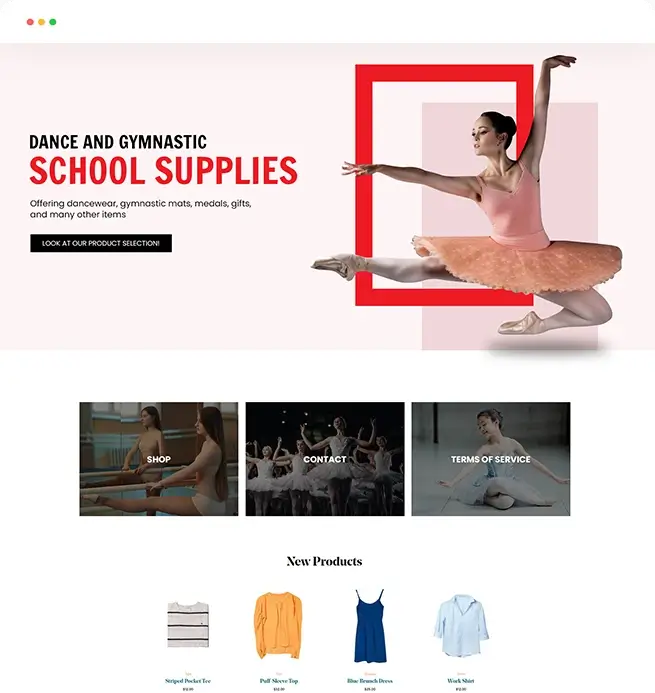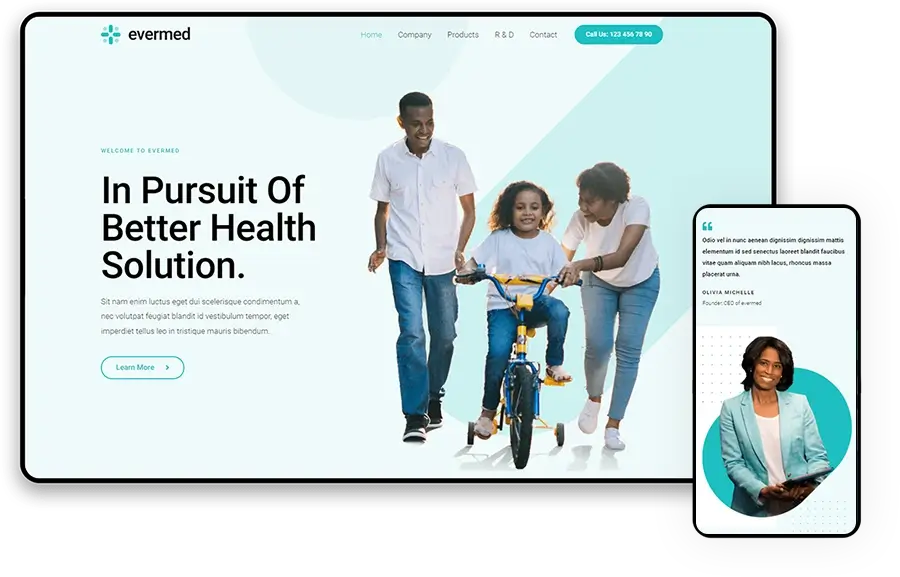Neuroscience-Driven Web Design
Neuroscience-based website design is an innovative approach that combines insights from neuroscience with research-based knowledge of how the human brain processes and responds to visual stimuli. This creates websites that are more engaging, informative, persuasive, and effective in driving conversions and increasing customer loyalty.
The principles of neuroscience-based website design include visual appeal, simplicity, emotion, color, layout, typography, and user experience. By understanding how the brain works and using neuromarketing techniques such as social proof, scarcity, and urgency, designers can create websites that capture and hold attention, promote positive emotions, and encourage desired behaviors.

Some common techniques in neuroscience-based website include

Our websites are designed to help your customers grow their customer base, providing a comprehensive solution for building a strong online presence that fosters long-lasting relationships.
Customize Your Neuro-Web Experience
Applicable to a range of businesses, neuroscience-based website design can be customized to meet the unique needs and objectives of each company. By working with a design team specializing in neuroscience principles, businesses can create websites that not only look aesthetically pleasing but also deliver measurable results in terms of engagement, conversions, and overall online presence.
As a relatively new field, neuroscience-based website design is quickly gaining popularity. By understanding how the brain works and applying these insights, designers can create websites that are more effective at achieving their goals and making a lasting impression on their target audience. This approach to website design is particularly effective for businesses that want to stand out in crowded online spaces and make a lasting impression on their target audience.
